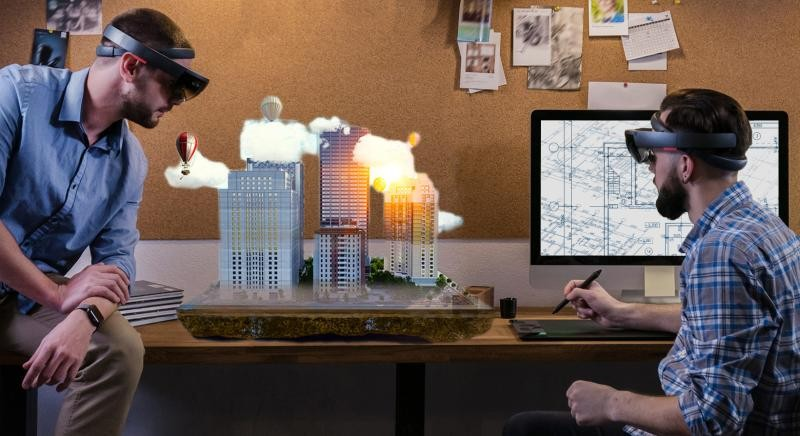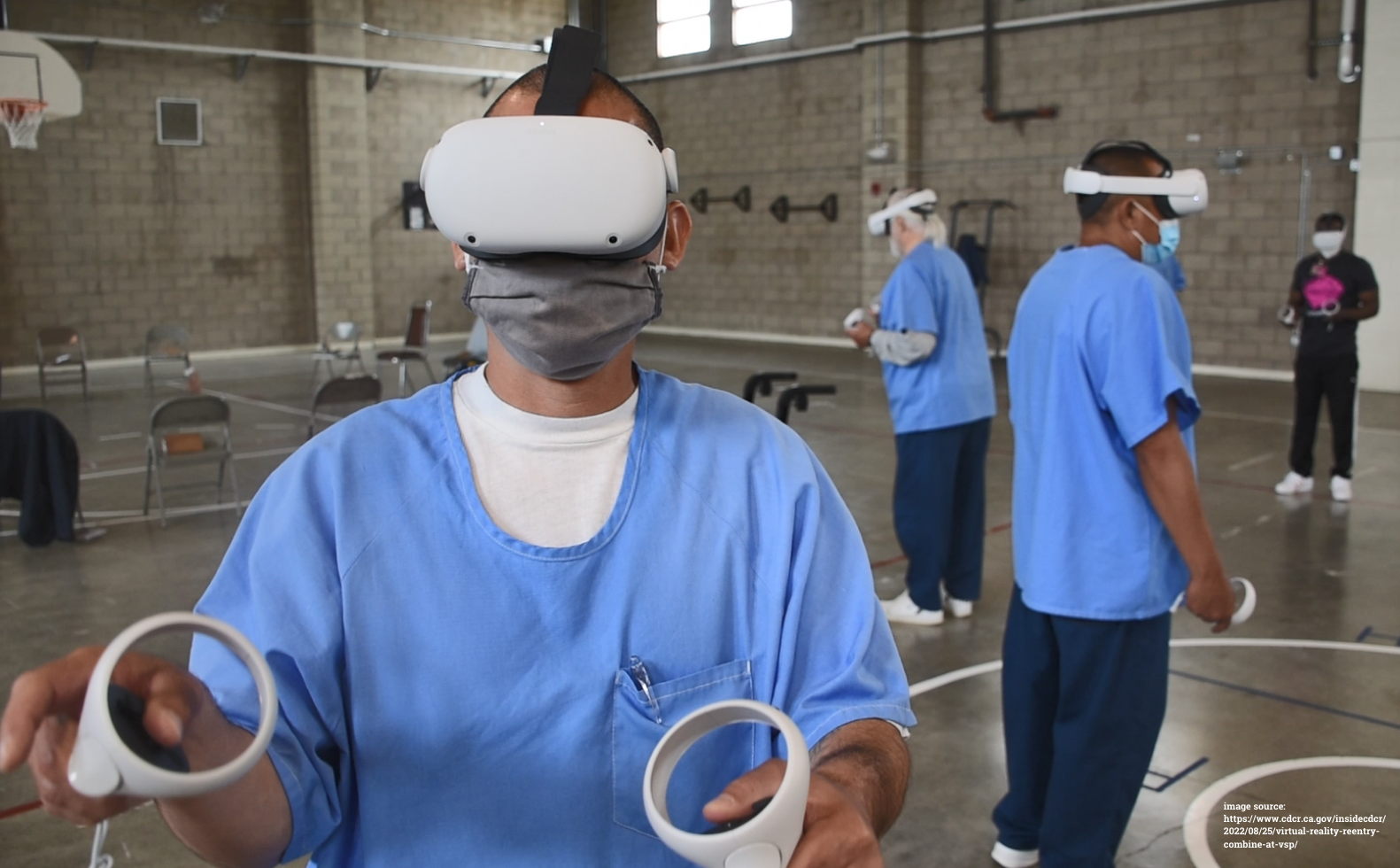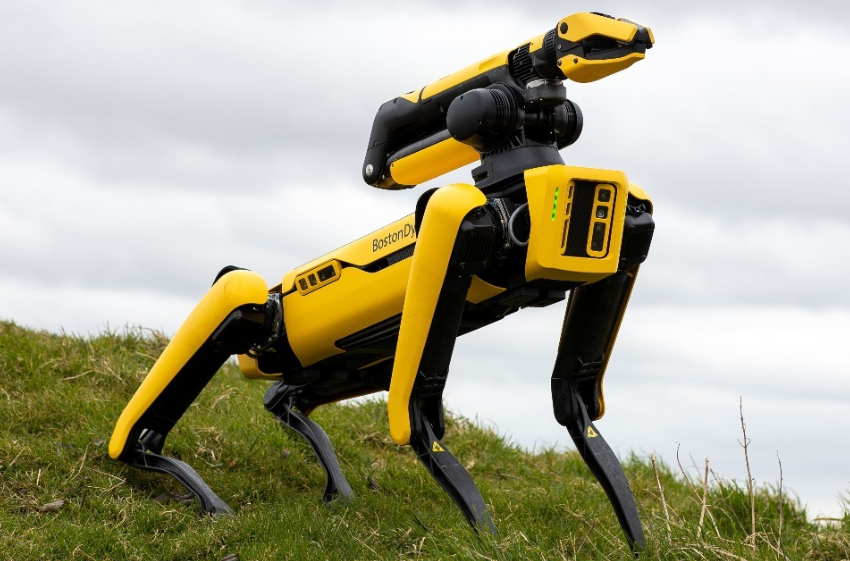How VR, AR, and XR Are Transforming Education, Training, and Safety?
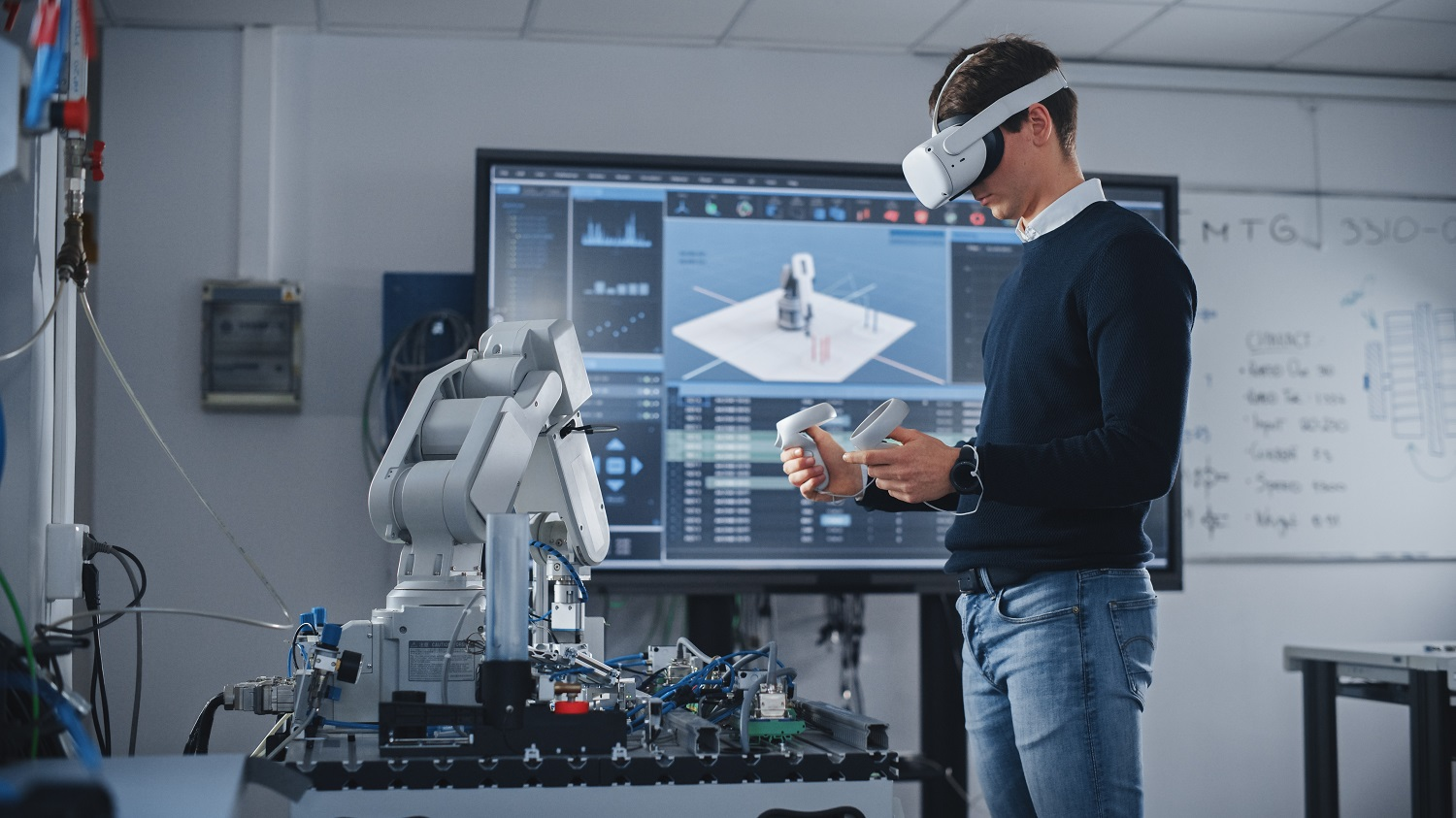
As we step into 2025, Extended Reality (XR) is redefining the way we learn, practice, and stay safe.
Here’s how this game-changing technology is making a difference:
- Education Comes to Life: Imagine exploring the human body in 3D or walking through historical landmarks without ever leaving your classroom. XR makes learning immersive and engaging, helping students grasp complex concepts and retain knowledge in ways traditional methods can’t match.
- Training Without the Risk: Practicing high-stakes tasks can be nerve-wracking in real life. XR offers a safe, virtual environment where people can make mistakes, learn, and perfect their skills. Whether it’s rehearsing emergency scenarios or mastering technical operations, XR accelerates learning and builds confidence.
- Safety First, Always: From simulating emergency drills to spotting risks before they become real problems, XR is helping us stay prepared and protected. It’s not just about preventing accidents—it’s about creating safer spaces for everyone, no matter the industry.
XR is more than a tool—it’s a powerful ally in creating smarter, safer, and more effective ways to learn, train, and safeguard the future.
Taking Flight with XR in Aerospace
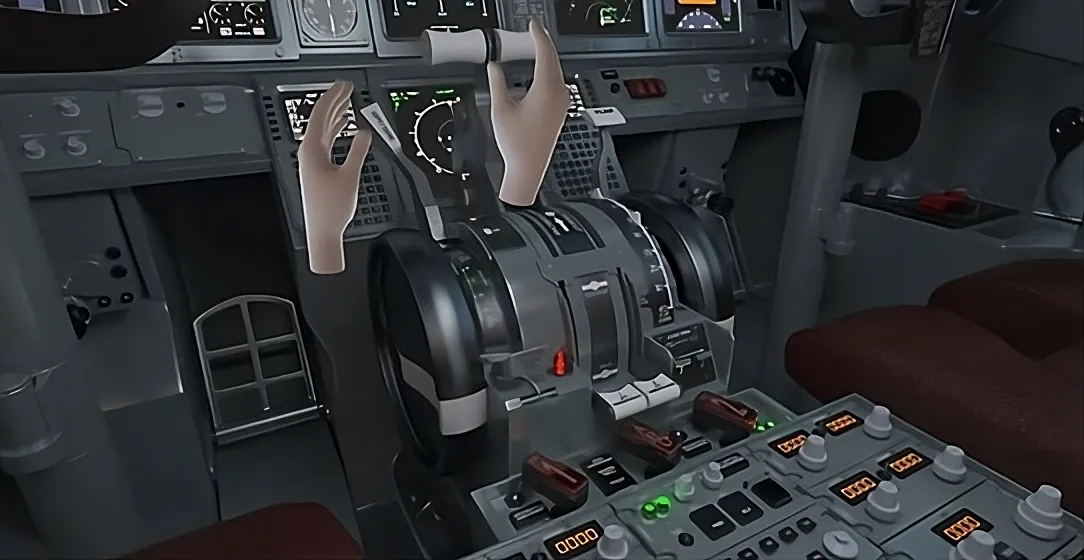
Imagine stepping into a virtual airplane cockpit to practice emergency landings, or exploring the microscopic structures of minerals using augmented reality. Virtual Reality (VR), Augmented Reality (AR), and Extended Reality (XR) are no longer futuristic concepts—they’re here, revolutionizing how industries
educate, train, and safeguard their workforce.
Across industries, XR is helping professionals refine their skills, make better decisions, and stay safer. It’s not just changing how we do things—it’s changing how we think about what’s possible.
Building the Future with XR in Construction
Construction is transforming through
XR technologies, making job sites smarter, safer, and more efficient. Workers train in virtual environments, practicing machinery operation or disaster-resistant techniques without facing real-world hazards. These
immersive experiences
build confidence and ensure workers are better prepared for complex tasks.
For architects and engineers, XR bridges imagination and reality. Virtual walkthroughs bring blueprints to life, helping stakeholders visualize projects before a single brick is laid. Safety remains a top priority. Augmented reality ensures compliance with personal protective equipment (PPE) guidelines, while VR drills prepare teams for emergencies like structural collapses or fires.
Revolutionizing Learning with XR in Education
XR is redefining education by turning learning into an experience rather than a task. Students can explore historical landmarks, the solar system, or even the depths of the human body in
virtual environments. These immersive tools make complex subjects more accessible and engaging,
helping learners retain information better.
Teachers are also embracing XR to refine their craft.
Simulations let educators practice classroom management, design inclusive curriculums, and adapt to hybrid learning environments. Safety is part of the equation, too, with VR-powered drills helping schools prepare for emergencies while keeping students and staff safe.
Reimagining the Factory Floor with XR in Manufacturing
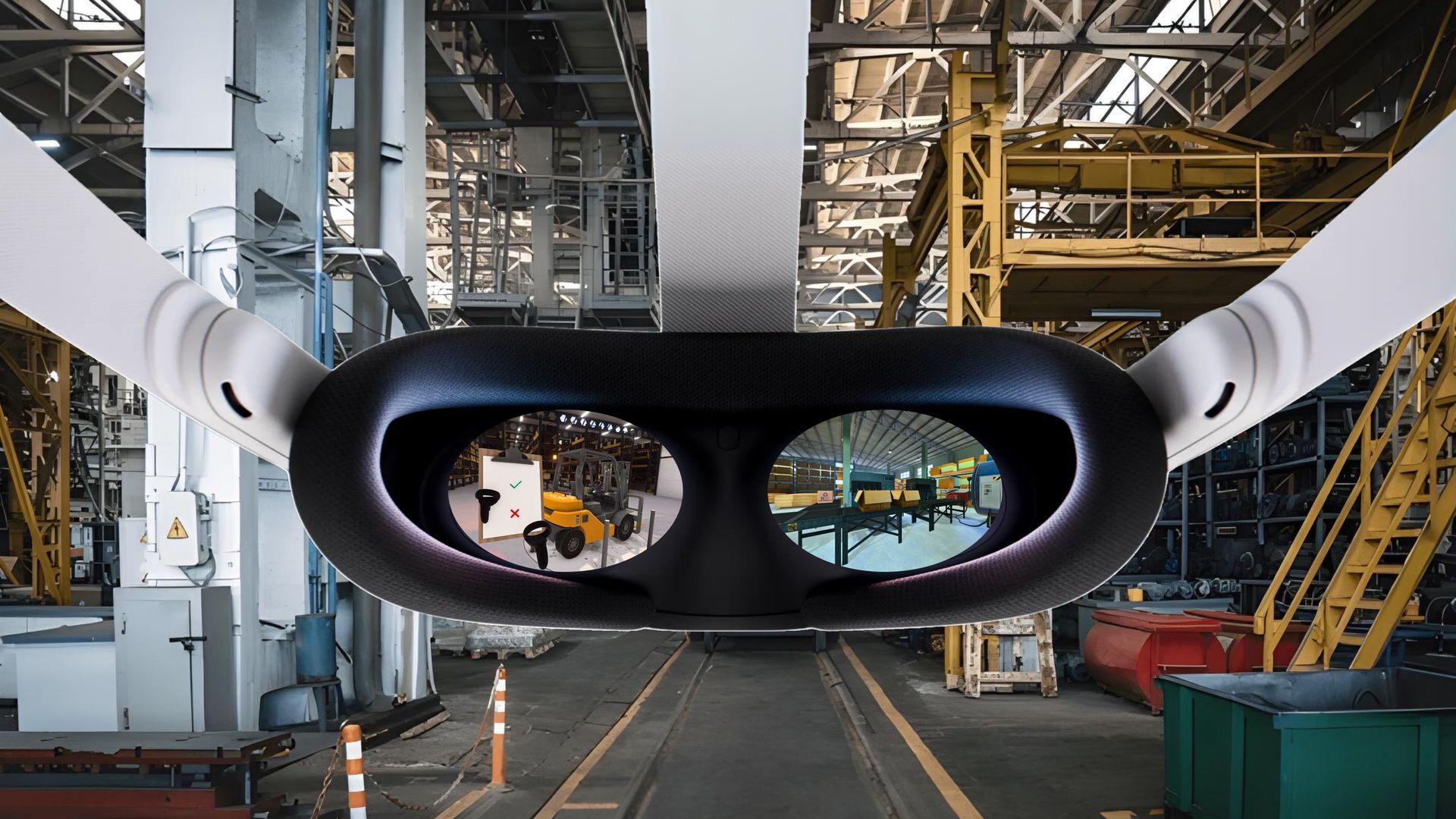
In manufacturing, XR enhances both training and productivity. Workers can learn to operate advanced machinery in virtual environments, reducing downtime and errors during live production. Supervisors use
AR to
monitor workflows, identify inefficiencies, and optimize processes in real time.
Safety in manufacturing has also improved significantly.
Simulations prepare teams for emergencies like chemical spills or machinery malfunctions, while AR tools help identify and mitigate risks during daily operations. XR ensures that factories not only run efficiently but also keep workers safe.
Empowering Logistics XR
Logistics keeps the world moving, and XR is making it smoother and smarter. Virtual simulations help optimize routes and streamline supply chains, cutting delays and costs.
Rail, a key part of logistics, is also benefiting. Engineers train in VR to handle tough scenarios like bad weather or equipment failures, while maintenance crews use AR to
speed up repairs and keep trains running on time. XR even boosts safety by preparing teams for emergencies like derailments or cargo spills.
Mining Smarter with XR and AI
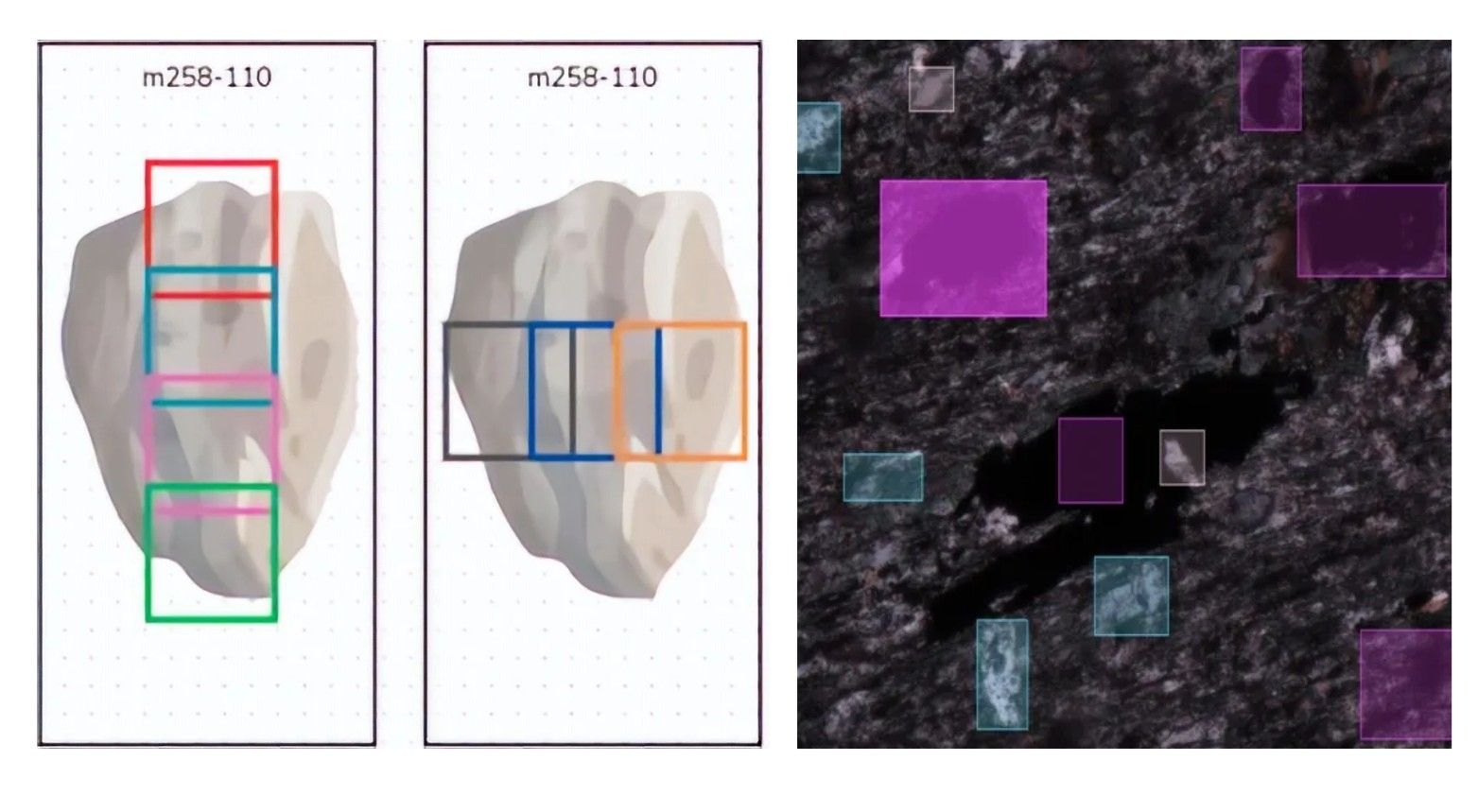
Mining is embracing XR and AI to tackle some of its most complex challenges, particularly in mineral identification and analysis. Using AR, geologists can examine thin sections of minerals, overlaying AI-driven data to identify compositions and structures with unprecedented precision. This integration
allows faster and more accurate assessments, which are critical for both exploration and resource management.
Training in mining has also evolved with
VR simulations that replicate drilling operations and underground navigation. These environments allow workers to develop skills in controlled settings, reducing accidents. Additionally, XR supports sustainability by enabling more efficient exploration and extraction practices, ensuring the environmental impact is minimized.
Conclusion
At its heart, VR, AR, and XR are about more than just technology—they’re about empowering people. These tools make learning engaging, training immersive, and safety second nature. From flying aircraft to analyzing minerals, XR is transforming how industries operate by making experiences more accessible, impactful, and human.
The future of education, training, and safety isn’t just on the horizon—it’s here. And with XR,
the possibilities are as immersive as they are exciting.
Are you ready to step into this new reality?
Book a demo now to learn more!
Click to share this article
Other posts from our blog
Transform your business with immersive technologies
Schedule a consultation to see how BSD can help your organization unlock new avenues of engagement.
CONTACT US
Global Headquarters
1555 Dublin Avenue, R3E 3M8
Winnipeg, MB, Canada
PUBLIC RELATIONS
DIVISIONS
GENERAL
IN THE SPIRIT OF RECONCILIATION
We would like to acknowledge that the land on which we gather is Treaty One Territory, the home and traditional lands of the Anishinaabe (Ojibwe), Ininew (Cree), and Dakota peoples, and in the National Homeland of the Red River Métis. Our drinking water comes from Shoal Lake 40 First Nation.
Join 10,000+ people who get XR tips, insights, and company updates monthly.
Contact Us
We will get back to you as soon as possible.
Please try again later.
Privacy Policy Accessibility Sitemap Support
Bit Space Development Ltd.



